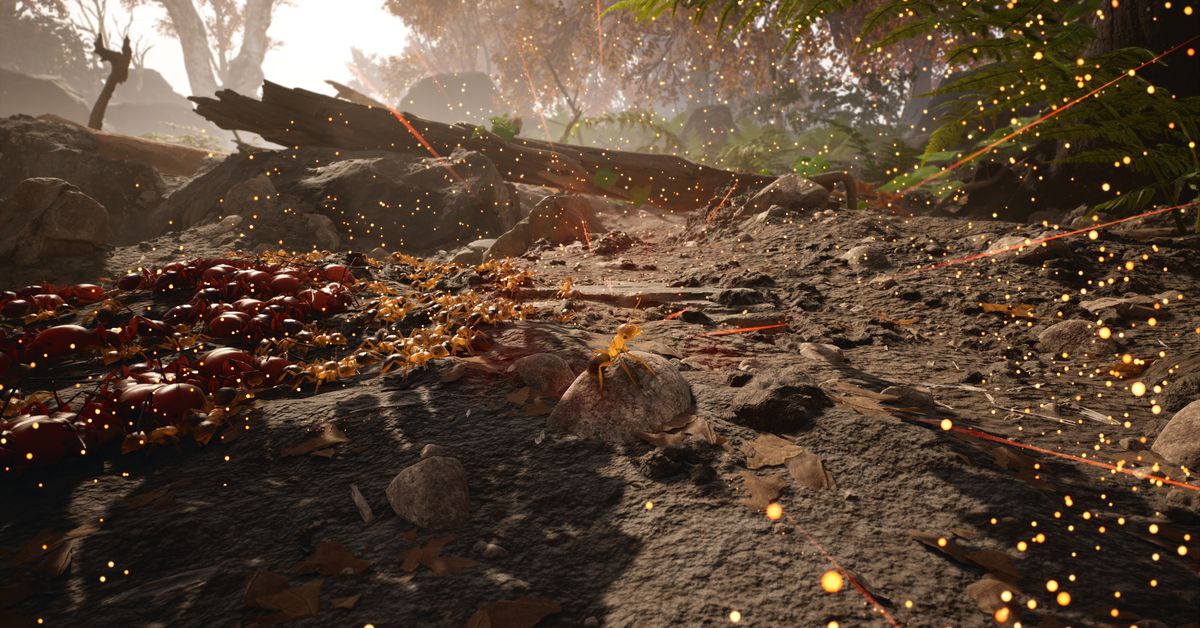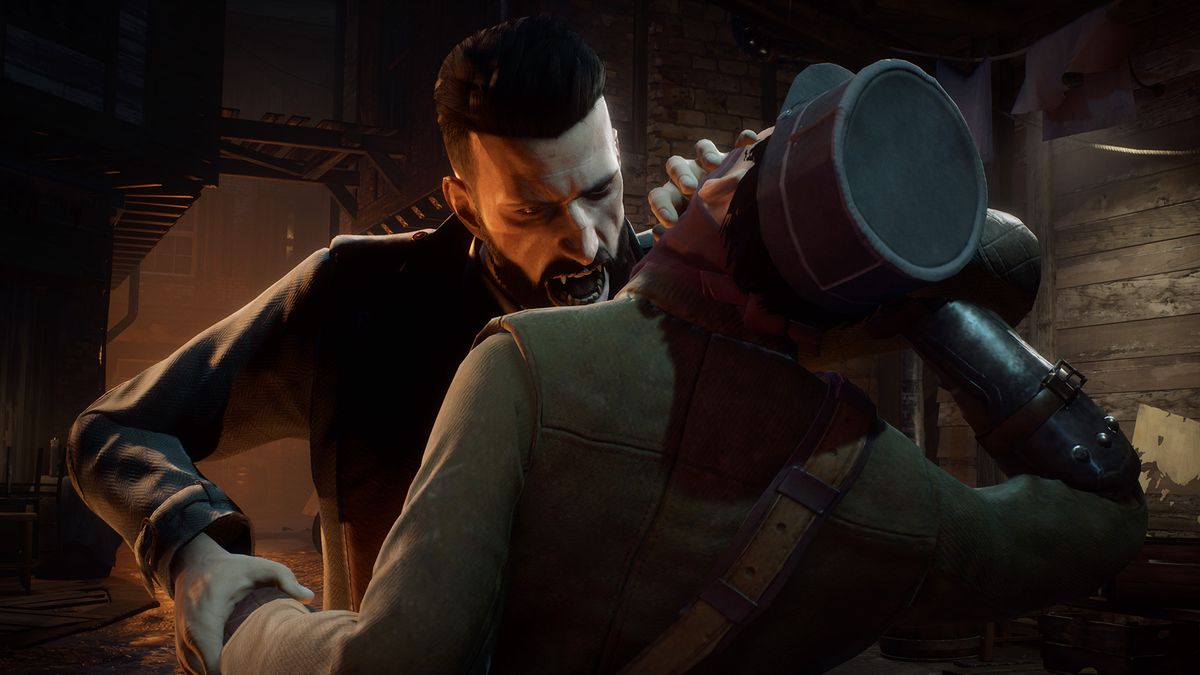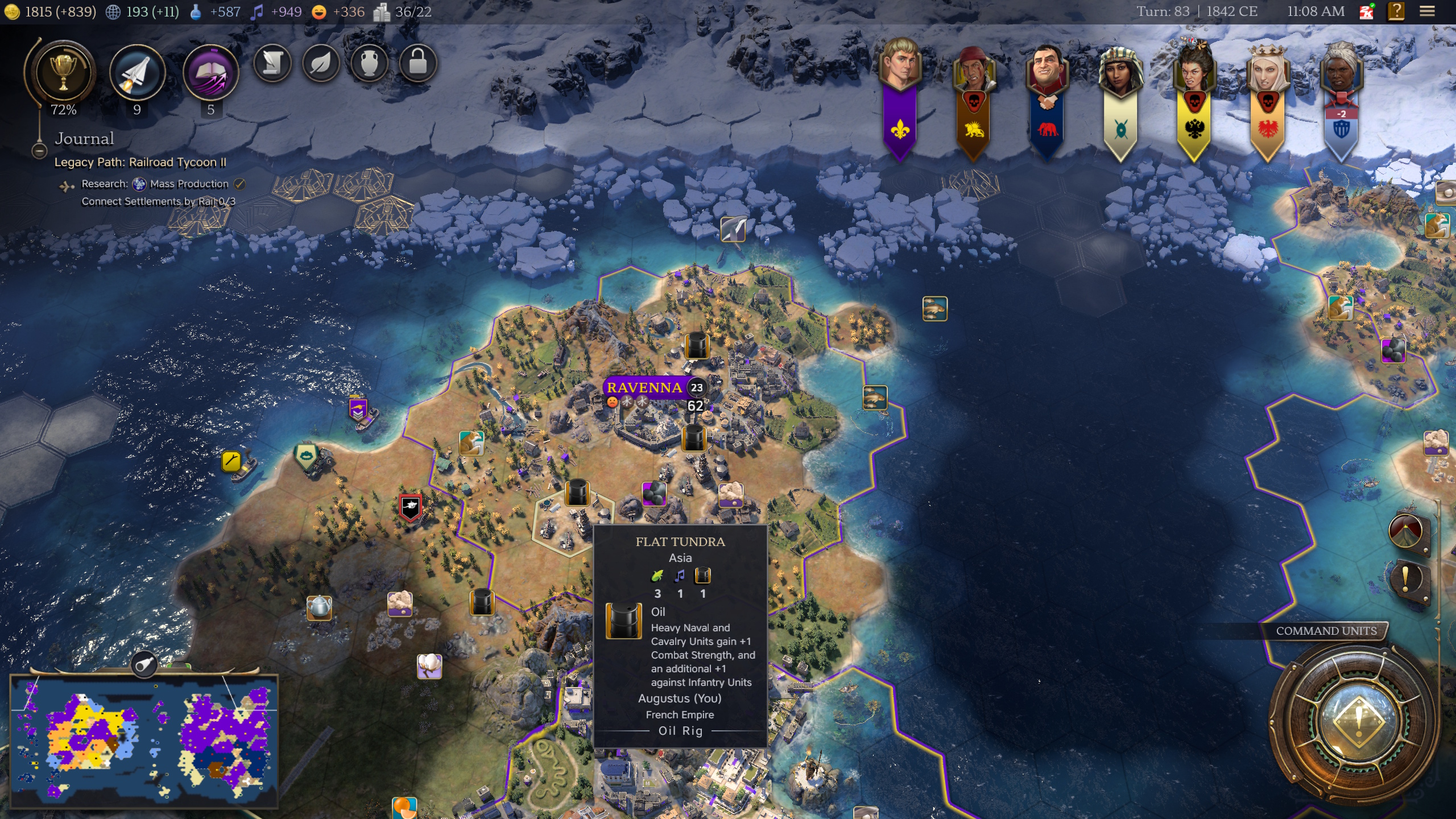The primary plot of Spider-Man 2 involves Kraven the Hunter, a small army, and a slew of supervillains, but similar to the previous games, Spider-Man 2 encourages players to take time to do other things. In Insomniac’s Spider-Man games, being Spider-Man doesn’t simply mean foiling super-criminals, but using your powers to give back, exercising that Great Responsibility that is core to the character’s ethos. And so, in between confrontations with Kraven and the symbiotic black suit that creeps into the narrative, the player does the everyday work of being a superhero.
As either Miles Morales or Peter Parker, the player can foil robberies, help scientists with sustainability projects, or just field requests from everyday New Yorkers who need a hand. And while Spider-Man 2’s main story is full of great moments, the best one might be tucked away in this array of requests.
[Ed. note: This piece contains spoilers for a quest in Marvel’s Spider-Man 2, if you hadn’t figured that out yet.]
- Early in the game, Miles and Peter get a request from a woman worried about her grandfather. He’s elderly and needs his medicine, but he’s gone missing in a park. As either Spider-Man, you spend a few minutes looking for clues and following them to where he’s been the whole time: sitting on a park bench, overlooking a lake. You then just sit and listen to him talk, and he tells you how little the park has changed within the constantly changing city around it. He wistfully talks about meeting his late wife here decades ago, and how much that memory means to him. And that’s it. When he’s done talking, the mission is over. His granddaughter catches up with you. And Spider-Man swings off to do more Spider-Man things.
Spider-Man isn’t a character that’s seen a lot of reinterpretation over the years. There aren’t big, abstract debates among fans and creators about who he is at his core, the way there are for Batman or Superman. Even Miles Morales, despite his different background, aligns pretty closely with the core tenets that Peter Parker lives by, a mission defined by altruism levied with a bit of guilt. Maybe that’s what happens when a character’s mantra is just as famous as their costume, or maybe Spider-Man is just a perfectly executed creation, a primary-color character for a primary-color world.
:no_upscale()/cdn.vox-cdn.com/uploads/chorus_asset/file/24559541/across_the_spider_verse_chase.jpg)
This is the animus behind modern Spidey stories like Spider-Man: Into the Spider-Verse: Anyone can wear the mask, if they believe in the mission. No one has a monopoly on looking out for the people around them. And so Spider-Man 2 continues the work Insomniac Games began with its first game, endeavoring to show the many ways a person can be Spider-Man. It has quickly become one of the best versions of a familiar story because it does not limit Spider-Man’s hero work to stopping crooks and super-criminals.
Even in the tremendous Spider-boom we’re currently experiencing, Insomniac’s games are the only modern take on Spider-Man that’s fully committed to exploring this. The MCU movies long ago abandoned whatever restraint was present in Spider-Man: Homecoming to focus on multiversal cataclysms, much like the Spider-Verse films. Even the current comic books struggle with this: The ongoing plot line in The Amazing Spider-Man and Miles Morales: Spider-Man has been a slow buildup to a massive gang war. For decades now, Peter’s stories in particular have been crafted by writers that seem more interested in flexing continuity mastery than telling dramatic stories featuring what is, arguably, the greatest supporting cast in comic books. In other media, the kind of hero that Spider-Man can be is shockingly limited.
Spider-Man is so much more, and Spider-Man 2 lets you be a Spider-Man that does that much more. He’ll help you find your cat. He’ll do what he can to make sure a museum stays afloat. He’ll sit down and listen to you tell your story, because he’s a neighbor, and that’s something neighbors can do.





